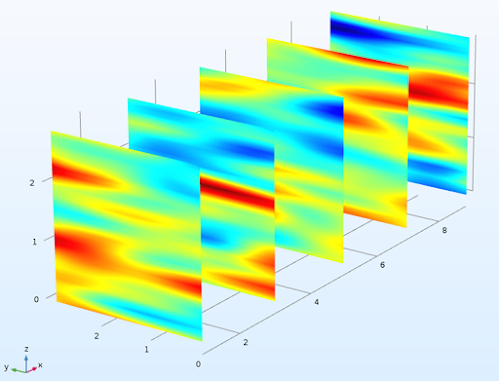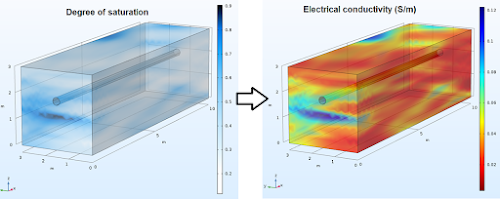Phone cameras have come a long way and are inching closer to the capabilities of DSLR and mirrorless cameras when it comes to astrophotography. Improvements in sensor technology and built in post processing features such as HDR, stacking and star alignment being have made them into a useful backup or even a viable replacement for traditional cameras, especially when used with a tripod. These days, I find myself using my phone more than my DSLR for milky way photography.
The photos that follow are some of my favorite shots of the milky way and landscapes taken using an iPhone 14 pro, on tripod with the maximum 30s exposure in the built-in camera app, and later edited in Lightroom mobile.
The above was taken at Lerderberg State Park Victoria aiming directly at the zenith around the end of winter.
These two photos were taken in Point Lonsdale lighthouse. The red light from the lighthouse lit up the surrounding rock formations in red as seen in the top image. What is also interesting is that the second image would not have been possible on a single exposure on a DSLR, as the light from the lighthouse would have washed out the image. It appears that the phone has automatically stacked images of various exposures to create a composite image.
These images were taken at the Gravity Observatory in Perth. While a lot of stars are visible the image contains a lot of noise highlighted during the edits, possibly showing the limits of phone night photography.
The first two phots above were taken at Lake Tyrell, and third at the town of Sea Lake. In the second image, the moon illuminated the surroundings and overpowered the stars, but I was able to capture the reflections of a few stars on lake's calm surface.
These two images are the latest ones taken at Aireys Inlet beach. The last one is my favorite so far since it highlights the details of the milky way as well as the rock formation. I used the flashlight from another phone to briefly light up the rocks while the image was being exposed for 30s, and in my opinion it resulted in perfect exposure of both landscape and the stars.
While phone cameras have made impressive improvements and deliver impressive results, DSLR and mirrorless systems continue to advance in their own right. Still, smartphones offer unmatched accessibility and portability - and as the saying goes, "the best camera is the one you have with you".




































